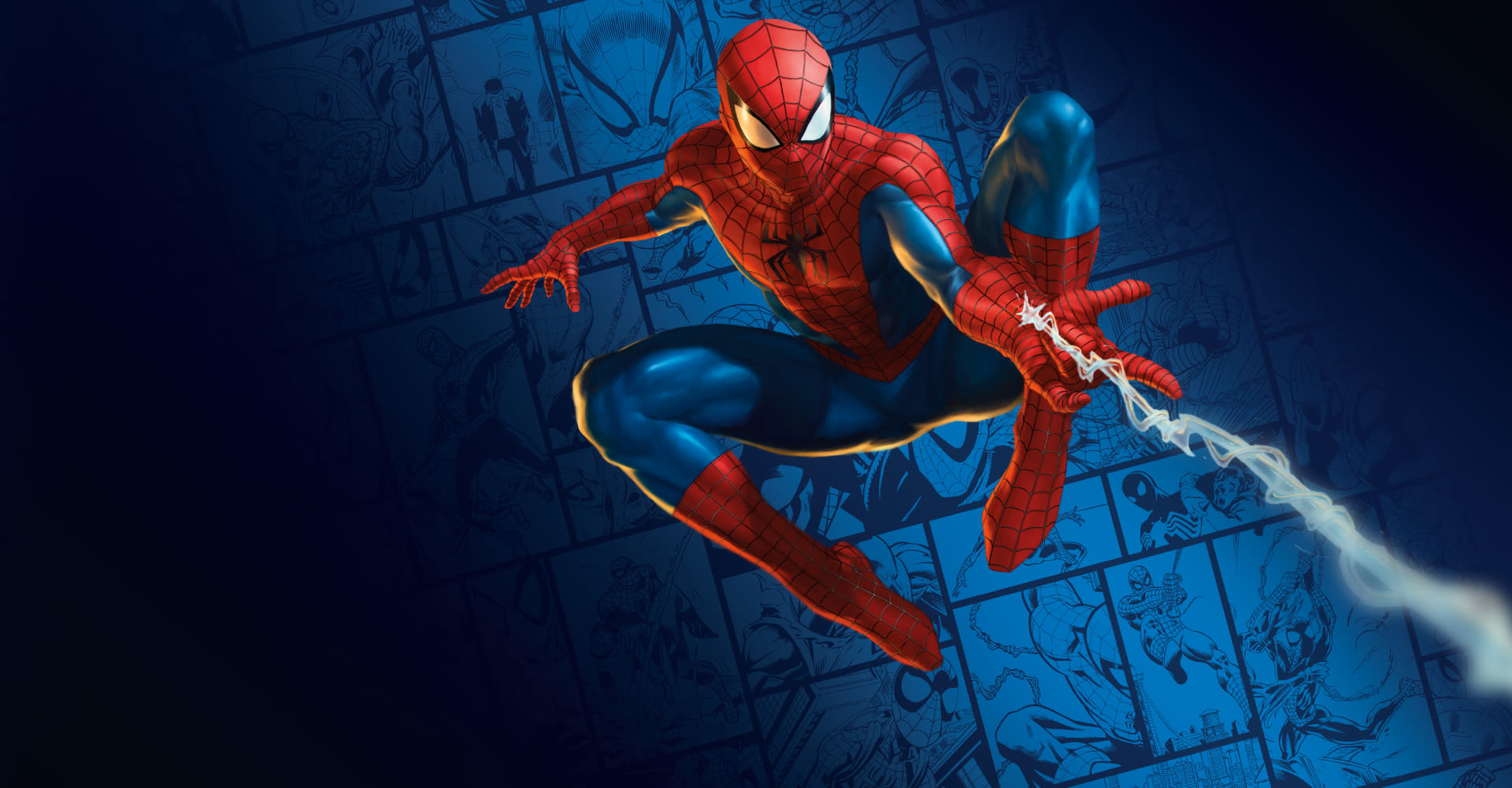When Wizards of the Coast announced they were teaming up with Marvel to bring the iconic Spider-Man to the world of Magic: The Gathering, the news felt like a slam dunk, or to stay on theme, a clean web-sling. With Spider-Man’s broad appeal stretching far beyond comic book aficionados, hopes were high for a set that would captivate both newcomers and veteran Magic players alike. It seemed like the perfect match—like Peter Parker and his infamous red spandex suit—but as with any good hero tale, not everything has gone as planned.
The reality of the set is akin to reading one of those comic crossovers that promise an epic tale but end up tangling a bit too much of the multiverse. At heart, the Spider-Man set is a collector’s delight, offering numerous high-end, chase-worthy cards that sparkle brighter than Spider-Man’s sense of humor. For the strategic player looking to immerse themselves in the complex and nuanced world of drafting, however, it paints a different picture.
From the get-go, the development of this special set seemed to take a detour of sorts. Originally conceived as a small, supplemental Commander-focused product with about a hundred cards, the idea was never to create something draftable. However, akin to Spider-Man’s own penchant for last-minute heroics, the plan shifted midway, ballooning into a 188-card release deemed fit for drafting and standard legality. This significant expansion under the constraints of a tight deadline is not unlike trying to cram the entirety of New York City into a single issue comic—it’s ambitious but can leave you feeling rushed.
The result is a set that comes across as half finished for those who crave depth in their gameplay. With draft archetypes condensed from the typical ten down to a mere five, the diversity and replayability that Magic players covet seem a bit on the thin side. Tabletop warriors hoping for endless dynamic combinations may be left clinging to walls much like an arachnid hero out of luck. Moreover, the marketplace landscape hasn’t helped calm the storm; shop owners cite high prices, Marvel franchise fatigue, and players strategically holding onto their budgets for other anticipated releases. This downturn is like Spider-Man with no skyscrapers to swing from—grounded and slightly out of place.
That’s not to say the set doesn’t hit some high notes, particularly for those who are in it for the thrill of the hunt (or collection). The centerpiece, the Soul Stone, is a card as powerful as Thor’s hammer—indestructible and capable of reviving creatures as if it had a store of magical stirring within. Its rarity and beauty have already made it a coveted centerpiece for collectors. With a market value aiming for the stars (or high-rises of NYC, if you will), its Cosmic Foil rendition transforms from mere cardboard into art.
Beyond the glitz, not every card is reduced to just glitter and glamour. Anti-Venom, Electro, Gwenom, and the Spectacular Spider-Man stand out as smartly designed pieces, slotting into existing decks or creating interesting new strategic avenues to explore. They enhance gameplay in a manner that feels worthy of their comic book inspiration, offering just enough oomph to be entertaining but lacking the punch to truly revolutionize formats.
However, there are some aspects as slippery as the symbiote. Repetition is rife, with many Spider-themed characters blurring the lines over fresh gameplay experience. Combine that with digital versions on Arena needing tweaks in names and appearances due to licensing reasons, and players used to zooming between paper and digital find themselves stuck in a web of mismatch.
Historically, Magic crossover sets have been raising the stakes. Both the Lord of the Rings and Final Fantasy crossovers offered mechanics and game styles that stayed true to their narratives, setting high benchmarks. In comparison, while Spider-Man pulls players through its recognizable brand and intriguing collector’s routes, it doesn’t quite achieve similar gameplay heights.
For collectors, investors, and Spider-Man devotees, the set delivers similarly to how web fluid delivers Spidey to his crime-fighting duty—fast, thrilling, and with a dash of gravity-defying charm. For others, especially those with an affinity for Draft or Sealed formats, the experience could feel more like Spider-Man on a slow news day, predictably swinging through repetitive paths with few surprises.
So how might one best navigate this complex web of opportunities and pitfalls? Opt for selective acquisition. Invest wisely in stand-out singles that complement your decks or enhance your collection. Recognize that while the set might carry exhilarating top value cards, these are often hard to come by outside of high-stakes packs. Collector Boosters may financially glide it forward, but only as sure as Spider-Man’s grip is on his silken threads.
My personal takeaways resemble Spidey’s own mental notes: prepare for the limited draft scene by not over-committing, earmark the milestones like the Soul Stone, and appreciate high-hitting cards both for their playability and their tangible artistic takeaways. And when digital and paper name changes cause confusion, remember that even superheroes juggle multiple identities—they just do it with a little more style and set-pieces.
While Spider-Man has proven his worth as a quintessential pop culture figure far and beyond his comic origins, in this latest Magic team-up, his Universe has yet to fully mesh as smooth as one might hope. But, as with any hero’s journey, perhaps the real treasure here is in collecting, showcasing, and cherishing the pieces of a legendary collaboration—one collector’s case at a time.
